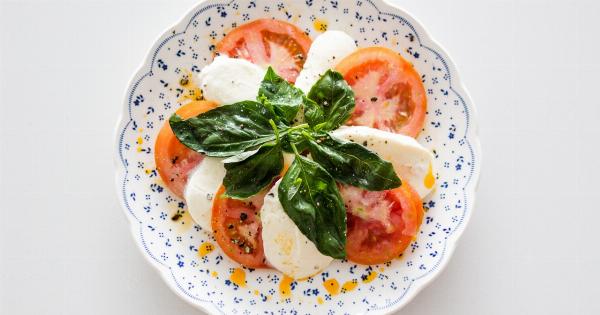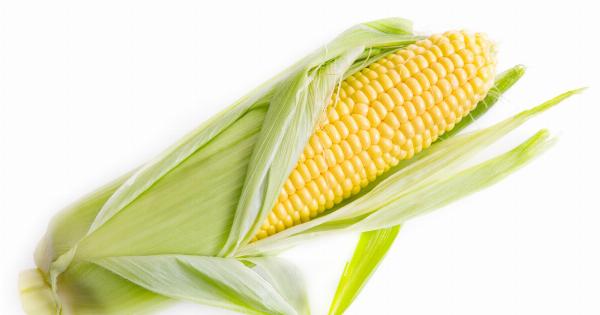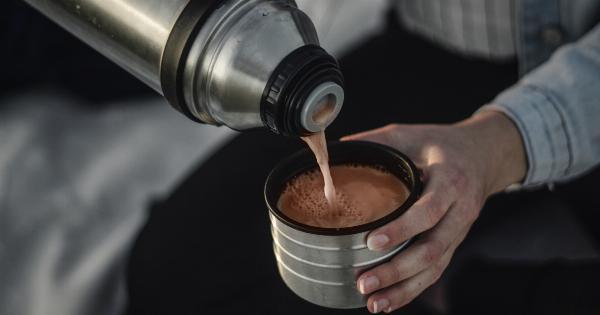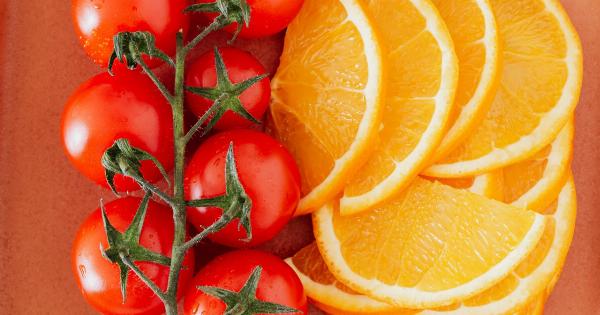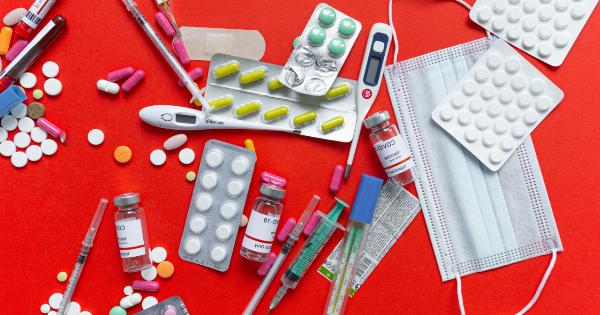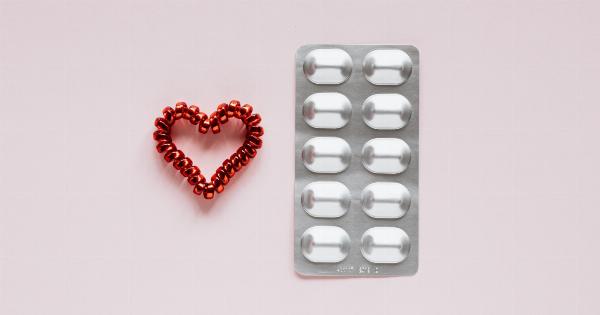Anemia is a condition characterized by a lack of healthy red blood cells to carry adequate oxygen to the body’s tissues. It can result from various factors like nutritional deficiencies, chronic diseases, or even genetic disorders.
While treating anemia might involve medical interventions like iron supplements or blood transfusions, following a well-rounded and nutrient-rich diet can significantly help manage the condition. Here’s a comprehensive guide to the anemia diet, with essential tips and food recommendations to improve your iron levels and overall well-being.
1. Understanding anemia and its types
First and foremost, it is crucial to understand the different types of anemia and their underlying causes. This knowledge can help in tailoring an appropriate diet plan to address specific deficiencies or absorption difficulties.
The most common types of anemia include:.
- Iron-deficiency anemia
- Vitamin deficiency anemia (such as B12 or folate deficiency)
- Anemia of chronic disease
- Hemolytic anemia
- Sickle cell anemia
2. Boosting iron intake
Iron-deficiency anemia is the most prevalent form of anemia worldwide. To combat this type of anemia, it is crucial to include iron-rich foods in your diet. Here are some iron-rich foods to consider:.
- Lean meats such as beef, lamb, and liver
- Poultry, including chicken and turkey
- Seafood like clams, oysters, and mussels
- Leafy green vegetables such as spinach and kale
- Legumes like lentils, chickpeas, and beans
- Nuts and seeds, including pumpkin seeds and almonds
- Fortified cereals and bread
In addition to consuming iron-rich foods, it is important to pair them with foods high in vitamin C. Vitamin C aids in the absorption of iron by converting it into a more absorbable form.
Include citrus fruits like oranges, strawberries, or tomatoes in your meals to enhance iron absorption.
3. Considering alternate iron sources
In some cases, individuals may have difficulty absorbing iron from traditional sources. This can occur due to conditions like celiac disease or gastrointestinal surgeries. Fortunately, there are alternate sources of iron to consider, such as:.
- Iron-fortified foods (e.g., cereals or bread)
- Iron supplements (under medical guidance)
- Cooking in cast-iron pots and pans, which can increase iron content in food
4. Including foods rich in vitamin B12
Vitamin B12 plays a vital role in the production of red blood cells. Deficiency in this vitamin can lead to a specific type of anemia known as vitamin deficiency anemia. To increase your intake of vitamin B12, include the following foods in your diet:.
- Meat, such as beef, liver, and poultry
- Fish and seafood, including salmon and trout
- Dairy products like milk, cheese, and yogurt
- Eggs and egg products
- Fortified cereals and plant-based milk alternatives (e.g., almond milk or soy milk)
5. Incorporating folate-rich foods
In addition to vitamin B12, folate (also known as vitamin B9) is essential for red blood cell formation. Including folate-rich foods in your diet can help prevent certain types of anemia. Some significant sources of folate include:.
- Leafy green vegetables like spinach, lettuce, and broccoli
- Legumes such as lentils, chickpeas, and black beans
- Citrus fruits, particularly oranges and grapefruits
- Avocado and papaya
- Fortified cereals and bread
6. Emphasizing on vitamin-rich foods
Besides vitamin B12 and folate, incorporating other essential vitamins in your diet can contribute to overall health and well-being. Some vitamins that play a vital role in fighting anemia include:.
- Vitamin C: Found in citrus fruits, strawberries, bell peppers, and tomatoes
- Vitamin A: Present in carrots, sweet potatoes, spinach, and red bell peppers
- Vitamin E: Found in nuts, seeds, spinach, and broccoli
- Vitamin D: Obtained from fish, eggs, and fortified dairy products
7. Including protein for enhanced iron absorption
Protein aids in the absorption of iron and helps carry oxygen throughout the body. Including protein-rich foods in your diet can optimize iron utilization. Some excellent sources of protein include:.
- Lean meats such as chicken, turkey, and fish
- Eggs and dairy products
- Legumes, beans, and lentils
- Tofu and other soy products
- Seeds and nuts
8. Avoiding iron inhibitors
While it’s important to consume iron-rich foods, certain substances can inhibit iron absorption. It’s advisable to limit or avoid the consumption of:.
- Calcium-rich foods like dairy products
- Caffeine and tea
- High-fiber foods, especially when consumed in large amounts or alongside iron-rich meals
9. Cooking and meal preparation tips
Proper cooking techniques can also enhance iron absorption. Consider the following tips:.
- Avoid overcooking vegetables to help retain their iron content
- Combine plant-based sources of iron with vitamin C-rich foods for maximum absorption
- If using iron cookware, acidic foods can help increase iron transfer into the meal
10. Consulting a healthcare professional
If you suspect anemia or have been diagnosed with the condition, it is crucial to seek professional medical advice.
A healthcare professional can provide a more personalized and targeted approach to your dietary needs, addressing any specific deficiencies or complexities.













